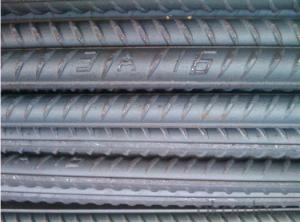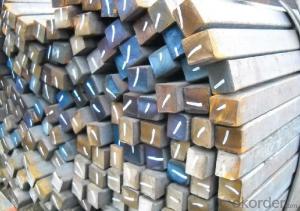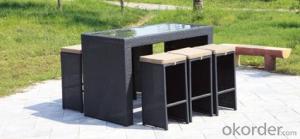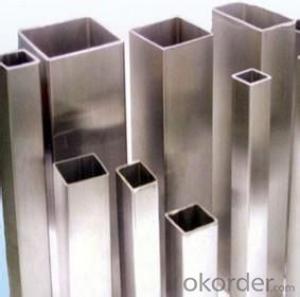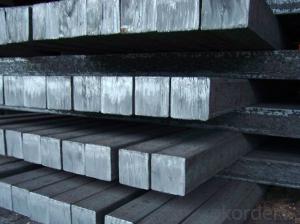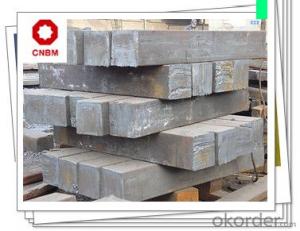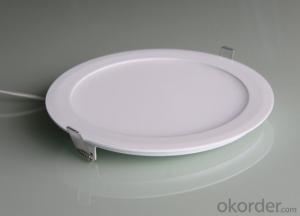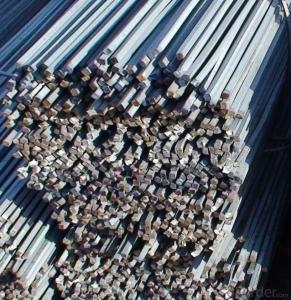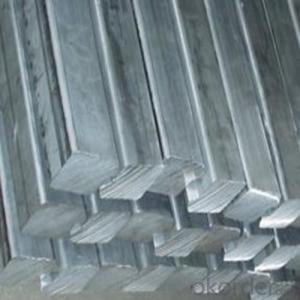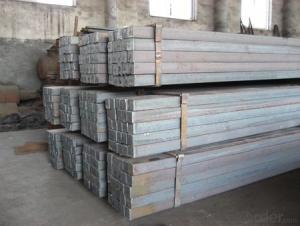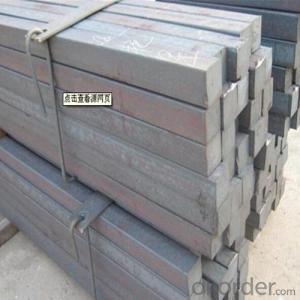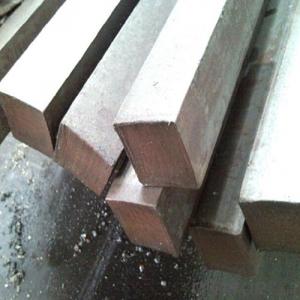Stainless Steel Square Bar
Stainless Steel Square Bar Related Searches
H S Code For Stainless Steel Surface Grinding Wheels For Hardened Steel Hole Saw For Stainless Steel Step Bit For Stainless Steel Transformers For Lights In Ceiling Led Lamps For Ceiling Stainless Steel Box With Lid Stainless Steel Bucket With Lid Ceiling Plate For Hanging Light Decorative Lights For CeilingHot Searches
Steel Mesh Panels For Sale Type Of Inverter For Solar Price Of Shipping Containers For Sale Types Of Inverter For Solar Aluminum Bar Stock For Sale Bags Of Cement For Sale Types Of Temporary Side Panels For Cement Deck Cost Of Awnings For Decks Type Of Scaffolding With Pdf Price Of Scrap Stainless Steel Price Of Stainless Steel Scrap Price Of Stainless Steel Galvanized Steel Scrap Price Type Of Stainless Steel Types Of Stainless Steel Grades Types Of Stainless Steel Aluminum Corp Of China Stock Types Of Scaffolding In Construction Pdf Stainless Steel Factory Stainless Steel TypeStainless Steel Square Bar Supplier & Manufacturer from China
Okorder.com is a professional Stainless Steel Square Bar supplier & manufacturer, offers integrated one-stop services including real-time quoting and online cargo tracking. We are funded by CNBM Group, a Fortune 500 enterprise and the largest Stainless Steel Square Bar firm in China.Hot Products
FAQ
- To use a steel square to measure and mark 84.375-degree angles, you would typically refer to the protractor scale on the square. Align one edge of the square with the reference line, and then locate the angle measurement on the protractor scale that corresponds to 84.375 degrees. Once identified, mark the desired angle on the material using a pencil or any suitable marking tool.
- To use a steel square to determine the length of a hypotenuse, you can employ the Pythagorean theorem. By placing the steel square's shorter leg along one side of the right-angled triangle and aligning the longer leg with the other side, you can measure the lengths of the two sides. By squaring these lengths, adding them together, and then taking the square root of the sum, you can find the length of the hypotenuse.
- Indeed, tile floor medallion layout can be accomplished using a steel square. This remarkable tool, known for its versatility and precision, is capable of handling numerous layout assignments, including tile installation. Its ability to guarantee precise angles and measurements plays a pivotal role in creating a visually pleasing and impeccably aligned tile medallion. Nevertheless, it is worth mentioning that relying solely on a steel square may not suffice for this endeavor. Supplementary tools like a tape measure, chalk line, and level may also prove essential in ensuring accurate layout and installation.
- To use a steel square for making accurate miter cuts, follow these steps: 1. Start by ensuring that your steel square is clean and free from any dirt or debris. This will help in achieving accurate measurements. 2. Place the steel square flat against the edge of the material you wish to make the miter cut on. Ensure that the square is aligned properly and that the angle you want to cut is perpendicular to the square. 3. Hold the square firmly against the material, making sure it doesn't move or shift. It's a good idea to use clamps or a vise to secure the square in place if necessary. 4. Use a pencil or a marking knife to mark the line where you want to make the miter cut. Make sure to align the square with the desired angle and trace along the edge of the square to create an accurate line. 5. Double-check the alignment of the square before proceeding. It's crucial to ensure that the square hasn't moved during the marking process. 6. Now, using a miter saw or a handsaw, carefully follow the marked line to make the miter cut. Take your time and make precise cuts to achieve the desired angle. 7. After making the cut, check the accuracy of the miter by placing the two cut pieces together. They should fit snugly and form a perfect angle. If adjustments are needed, use sandpaper or a file to fine-tune the cut until the desired fit is achieved. Remember, practice and patience are key when using a steel square for making accurate miter cuts. With time, you will become more proficient and achieve precise and clean cuts for your woodworking projects.
- Achieving the correct angle for a mortise and tenon joint can be done using a steel square. Here are the steps to follow: 1. Determine the desired angle for your mortise and tenon joint based on the joint type and the specific project. 2. Place the steel square against the wood's edge where the mortise or tenon will be created. Ensure proper alignment and perpendicularity. 3. Mark the desired angle on the wood using a pencil or marking knife. Make sure the mark is clear and visible. 4. Transfer the same angle onto the corresponding piece of wood that will receive the mortise or tenon. Use the square again for accurate alignment. 5. Cut the mortise and tenon joints carefully, using the marked angles as a guide. Appropriate woodworking tools like a chisel or saw can be used for this purpose. 6. After cutting the joints, check the fit by inserting the tenon into the mortise. If it fits snugly and aligns properly, you have successfully used the steel square to ensure the correct angle for your mortise and tenon joint. Remember, achieving precise and strong mortise and tenon joints requires practice, precision, and careful measurement. Take your time and make necessary adjustments for a secure joint.
- To use a steel square to find the height of a roof peak, you can follow these steps: 1. Start by positioning yourself at the base of the roof where the peak is located. Make sure you have a clear view of the entire peak. 2. Hold the steel square in your hand, with one leg of the square resting on the roof surface and the other leg pointing straight up towards the peak. The long side of the square should be parallel to the ridge line of the roof. 3. Adjust the position of the square until the leg resting on the roof is level, ensuring that the square is perfectly vertical. You can use a bubble level or simply visually align it. 4. Once the square is properly positioned, hold it steady and look at the scale on the long side of the square. This scale represents the rise or height of the roof. 5. Locate the point where the other leg of the square intersects the scale. This point will indicate the height of the roof peak. Take note of the measurement or mark it on the square for reference. By using a steel square in this way, you can easily determine the height of a roof peak without the need for additional tools or complicated calculations. It provides a simple and accurate method for estimating the height of the peak, which can be helpful for planning and construction purposes.
- Yes, a steel square can be used for checking the squareness of a planer table. A steel square is a tool that consists of a straight edge and a perpendicular edge, forming a perfect 90-degree angle. It is commonly used in carpentry and woodworking to ensure accuracy and squareness in various applications. To check the squareness of a planer table, you can place the steel square against the table's edges and corners. By aligning the straight edge with the table's edge and the perpendicular edge against the adjacent edge, you can visually inspect if the table is perfectly square or if there are any deviations. If the table is perfectly square, the steel square's edges will align perfectly with the table's edges, forming a smooth, continuous line. However, if there are deviations, you will notice gaps or overlaps between the steel square and the table's edges, indicating that the table is not square. Using a steel square is a quick and straightforward method to check the squareness of a planer table. However, it is important to note that if precise measurements are required, more accurate tools such as precision squares or digital measuring devices may be necessary.
- No, a steel square cannot be used for measuring the depth of a well. A steel square, also known as a try square or a framing square, is a tool typically used in carpentry and woodworking to measure and mark right angles. It consists of a long steel blade with a handle at one end, forming an "L" shape. Measuring the depth of a well requires a different type of tool known as a well depth indicator or well sounder. This tool usually consists of a long, narrow metal tape or cable with markings indicating depth. It is specifically designed to measure the depth of water in a well or borehole. Using a steel square to measure the depth of a well would not provide accurate or reliable results. It is essential to use the appropriate tools designed specifically for well depth measurement to ensure accurate readings and proper well management.



















